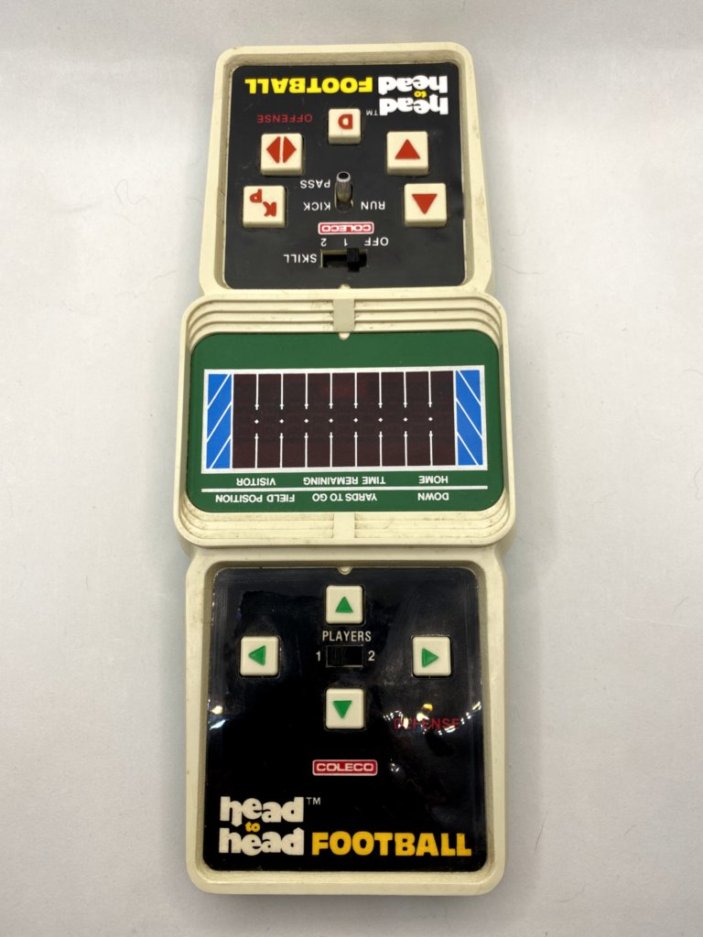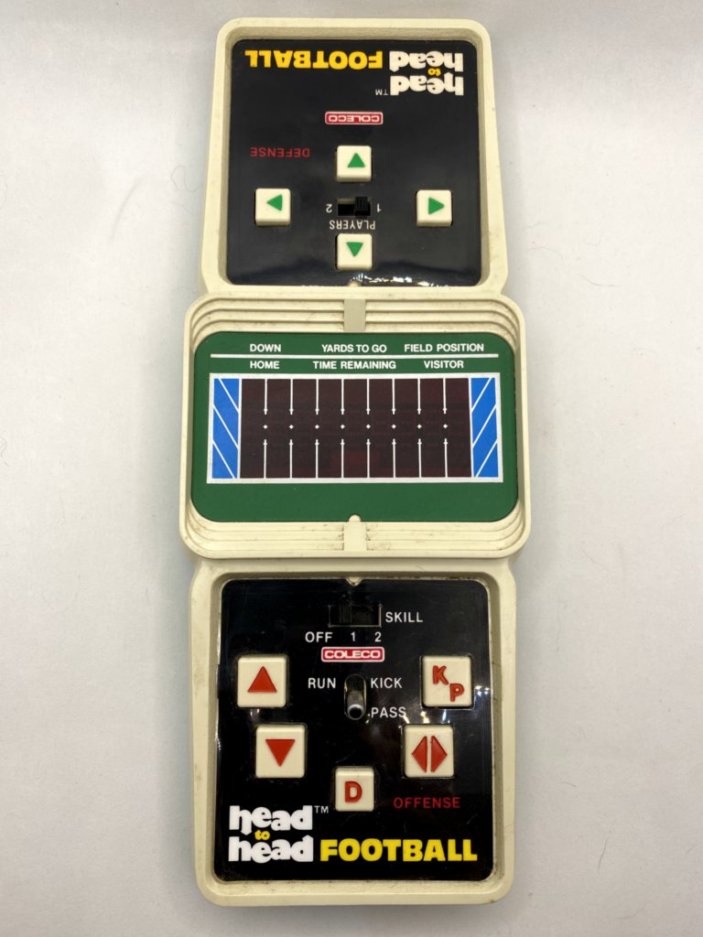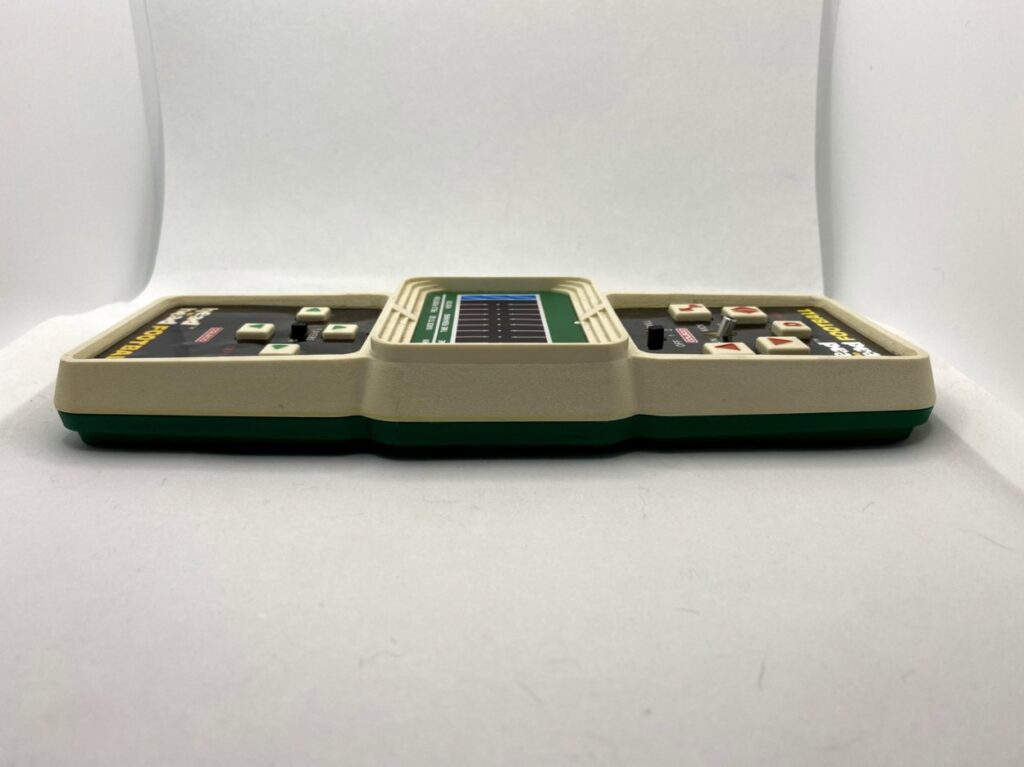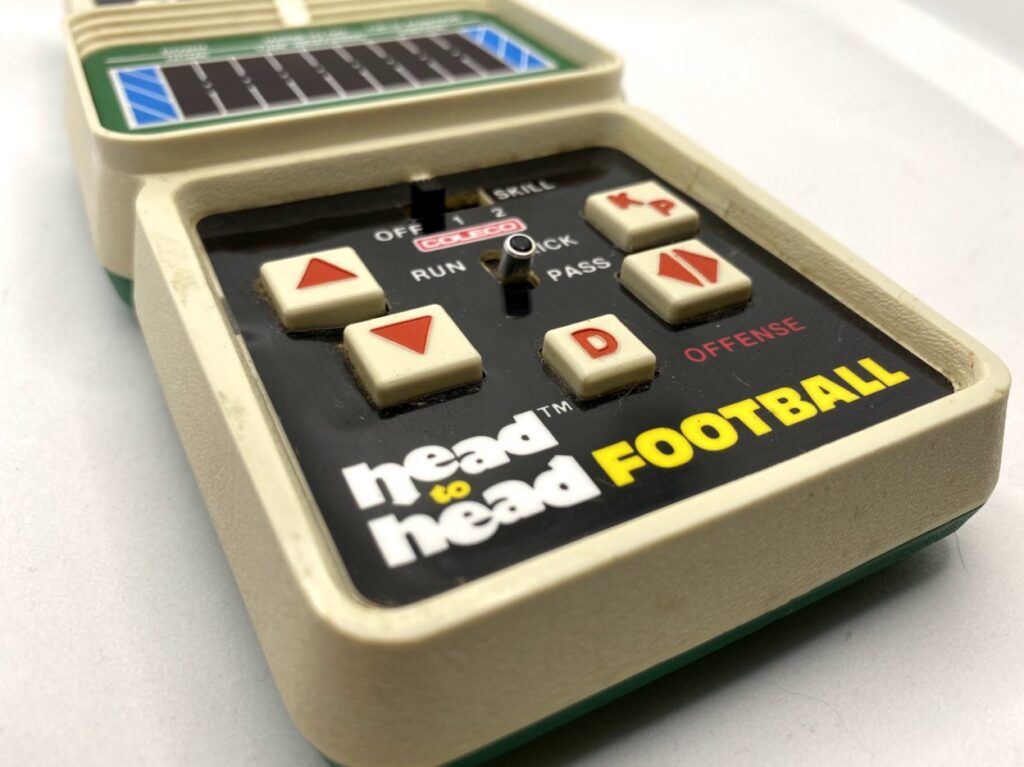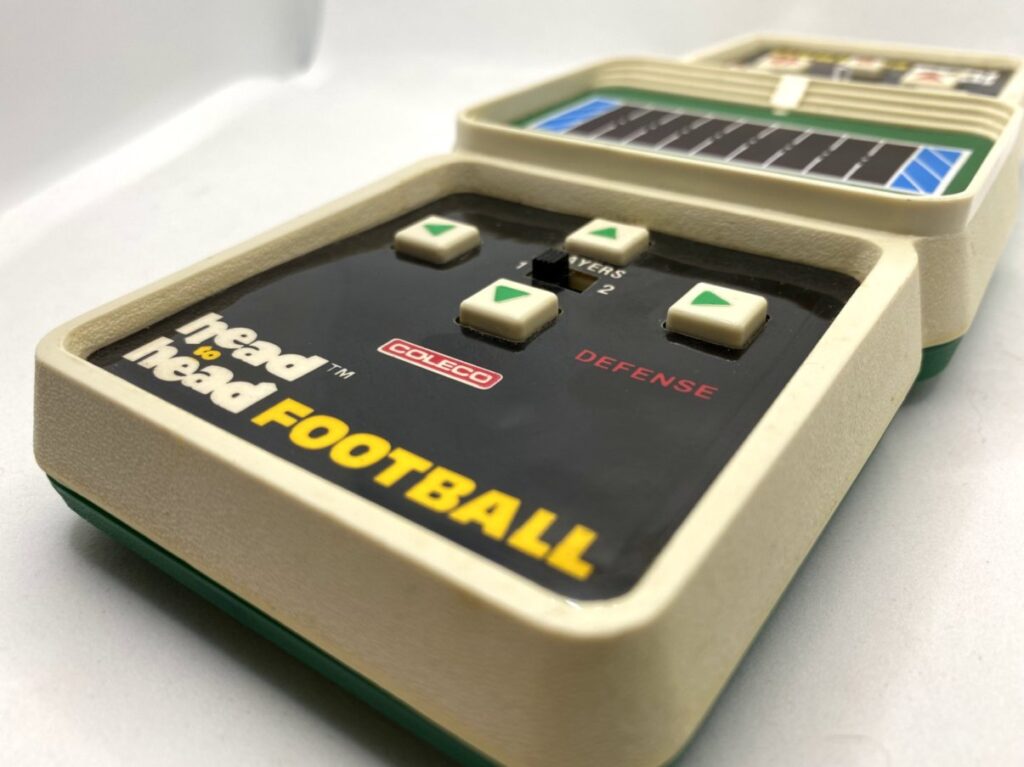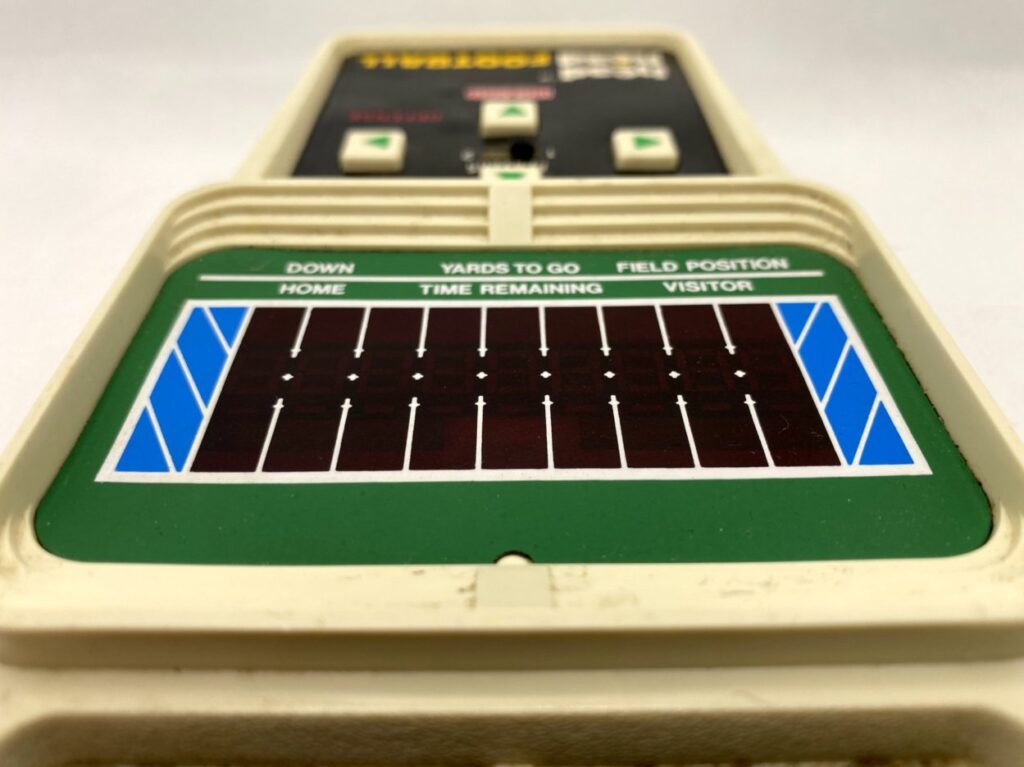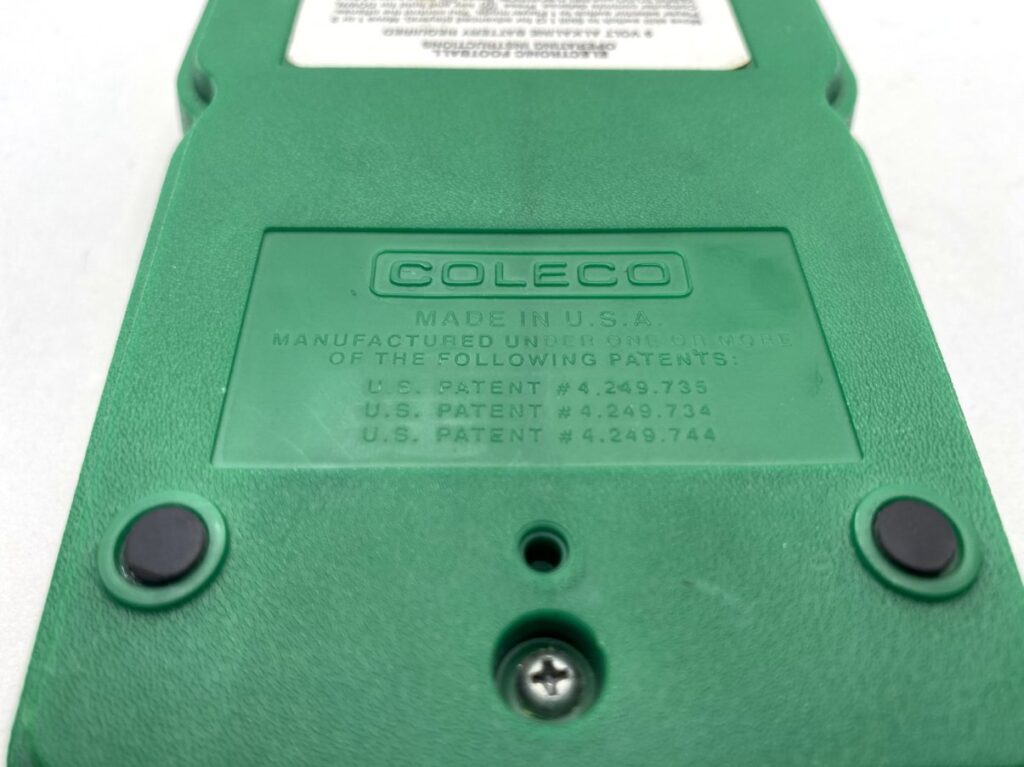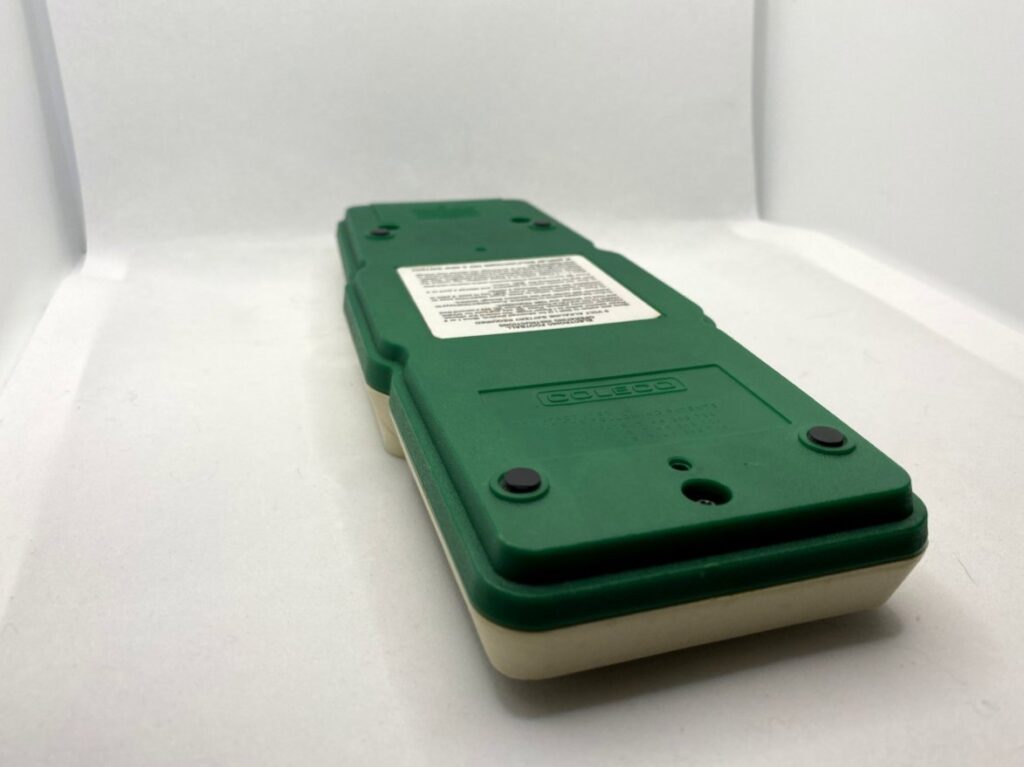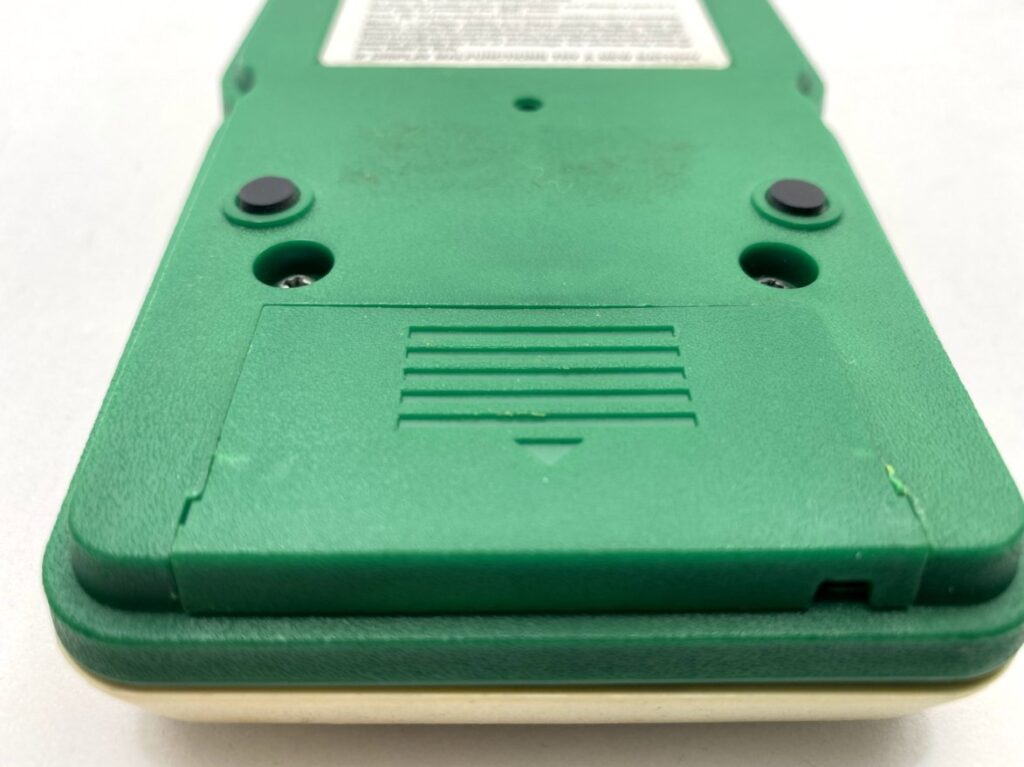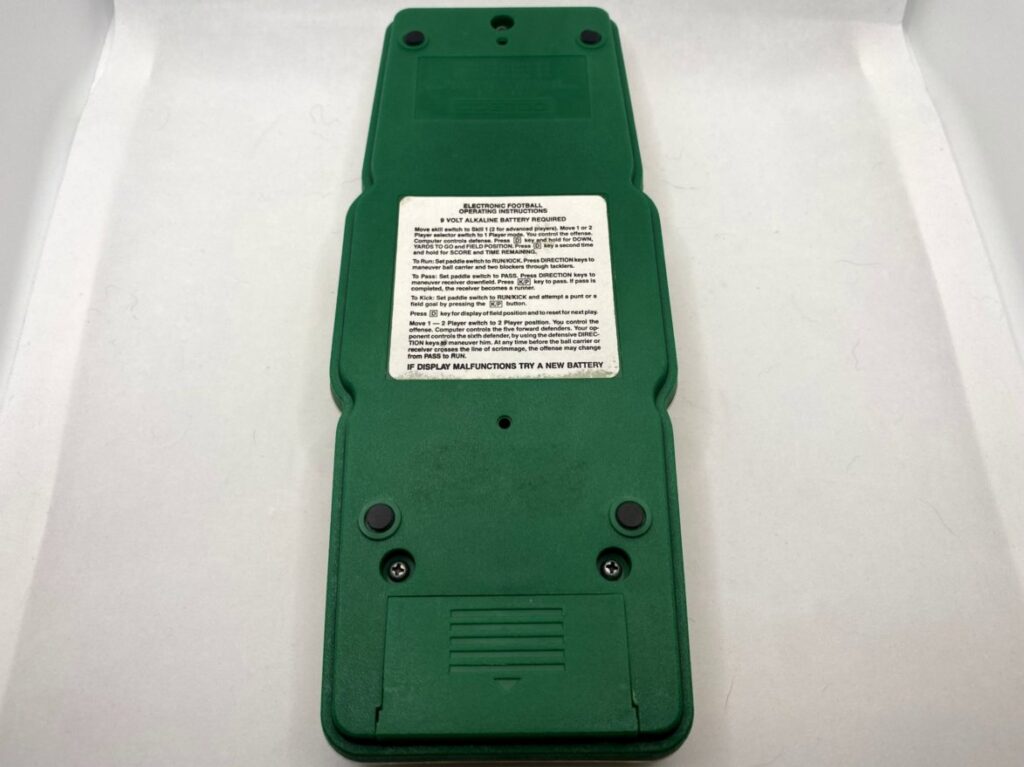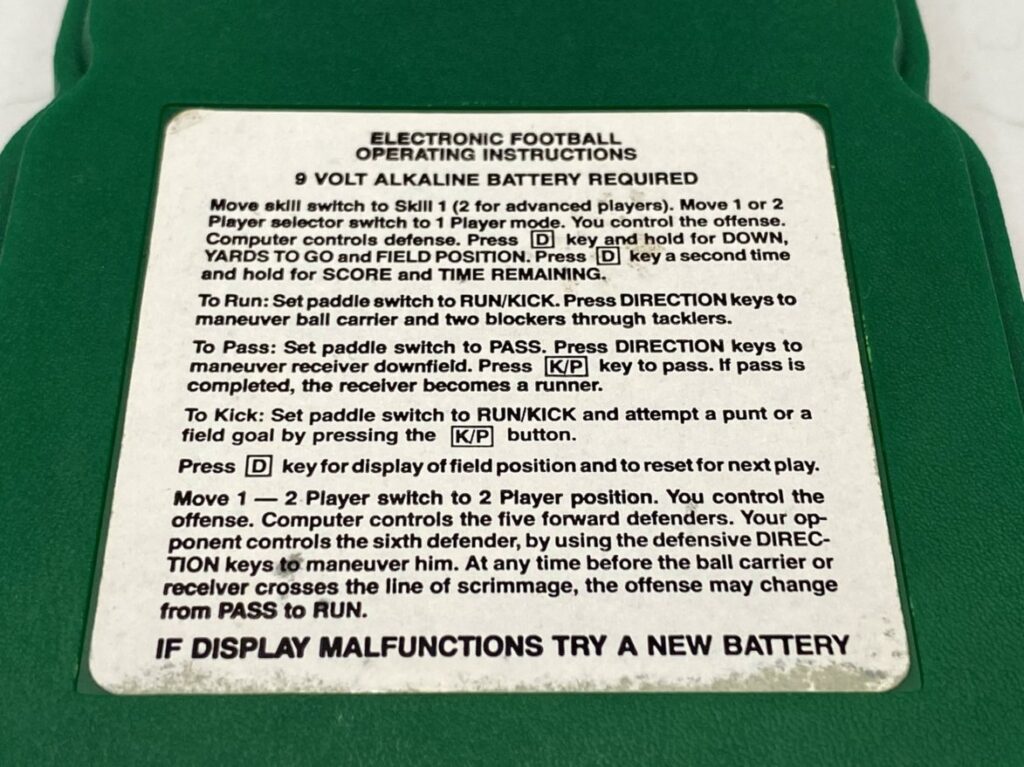When Cabbage Patch Creators Went Head-to-Head with Atari
April 3, 2021The birth of video games, in many ways, was seeded in the fertile ground of an eclectic mix of different interests.
Cards, cigarette holders, picture frames, and even leather goods: the early titans of the game industry are united more in their drive to succeed and innovate than in any singular love of gaming.
Nintendo was founded in 1889 as a hanafuda playing card company. Before diving into early games and building an empire of watches as Casio, engineer Kashio Seisakujo created a finger ring designed to hold cigarettes. Matt Matson and Elliot Handler founded Mattel started by selling picture frames and dollhouse furniture before dipping so successfully into handheld video games. And Coleco Industries was founded in 1932 as the Connecticut Leather Company, which was dedicated to supplying leather for shoe repairs.
It wasn’t until the 1950s that the company shifted to making plastic toys — a decision driven by emerging technology.In the ‘70s the company entered the video game business with its release of a first-generation home video game console called the Telstar.
While the company didn’t exactly have huge success with consoles, it was enough to allow it to transition to handheld electronic games, which had been essentially created by Mattel with its release of Auto Race in 1976 and Electronic Football in 1977.
Coleco’s Electronic Quarterback was released in 1978, pushing the simulation of football forward by increasing the players to include two blockers and allowing the quarterback to pass.
Coleco also made quite a splash with its line of early colorful mini-arcade systems, which replicated massive hits like Donkey Kong, Frogger, Pac-Man, and Zaxxo in the early ‘80s.
Finally, the head-to-head series of systems allowed two players to simultaneously play a sports game against each other. The line included baseball, basketball, boxing, football, hockey, soccer, and football.
Head to Head Football was released in 1980.
The system, which is powered by a single 9V battery, has a set of controllers on two sides of an LED screen designed to look like a miniature football stadium and field.
One set of controllers has a switch for skill levels (for use if you’re playing single-player), another switch for kicking or passing/running, up and down buttons, a kick/pass button, a forward/backward button, and a defense button.
The other side has a switch for selecting one or two players, as well as four directional buttons.
The play is a bit complicated.
Pressing and holding down the D button displays the down, yards to go, and field position. Pressing it a second time and holding displays the score and time remaining.
To run, you need to set the switch to run/kick and then press the direction keys to maneuver the ball carrier and two blockers through tacklers. To pass, you move the switch to pass, and then use the direction buttons to move the receiver downfield. Then you press the kick/pass button to pass.
To kick, you set the switch to run/kick and press the kick/button to attempt a punt.
You press the D button to display the field position and reset for the next play.
When playing defense, you simply use the four buttons to control the sixth defender. The computer controls the other five.
There’s a lot of button-pushing and switching to play the game, adding a level of complexity that may not be worth it when you can play something with a shade less depth, but much less confusion from Mattel.
While Coleco found tremendous success with the mini-arcades, and even more with its ColecoVision game console and Atari 2600 competitor, Coleco Gemini, it eventually got out of the market when the industry sort of imploded in 1983.
Fortunately, for Coleco, the company’s shift out of the video game industry and fully into toys worked out quite well for them with the likes of Cabbage Patch Kids, Trivial Pursuit, and even a talking Alf doll.
Love retro handhelds? Well then, have I got a bunch of stories, videos, and pictures for you.
